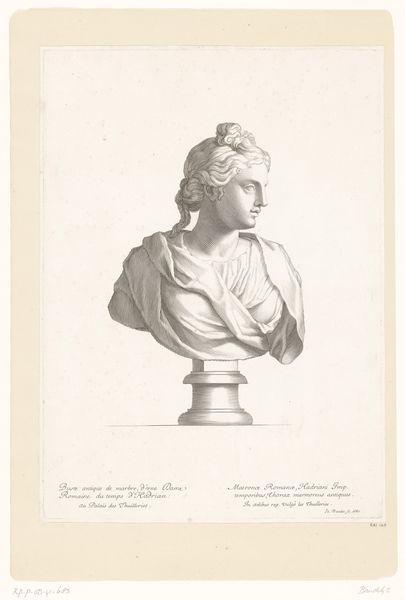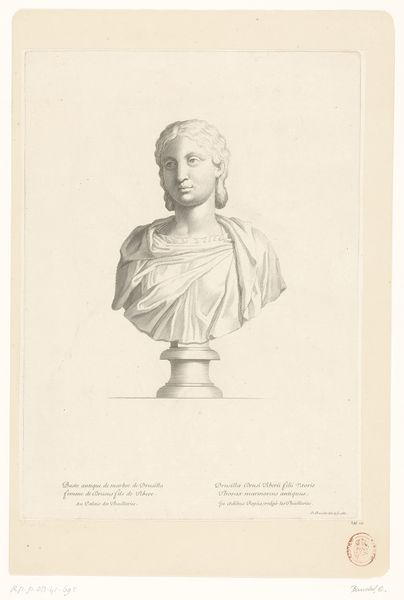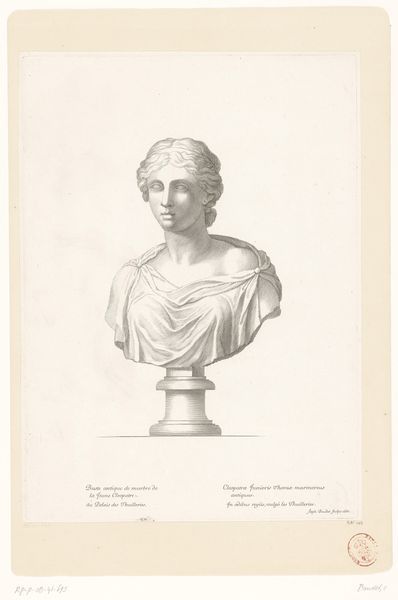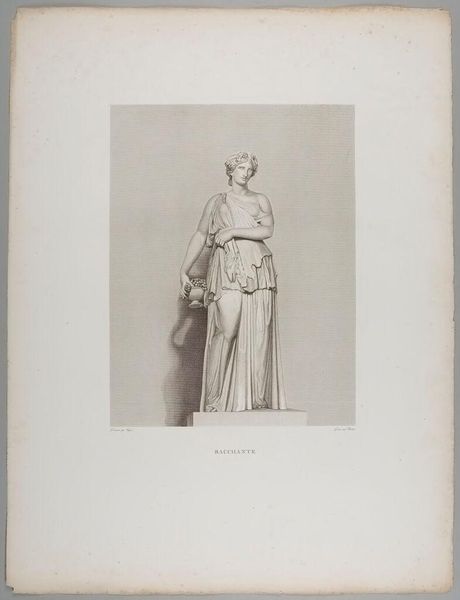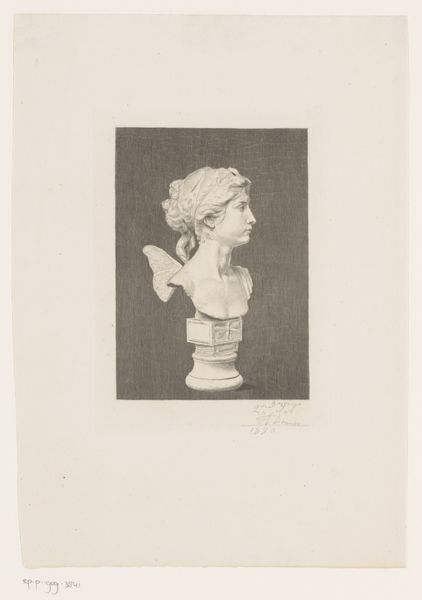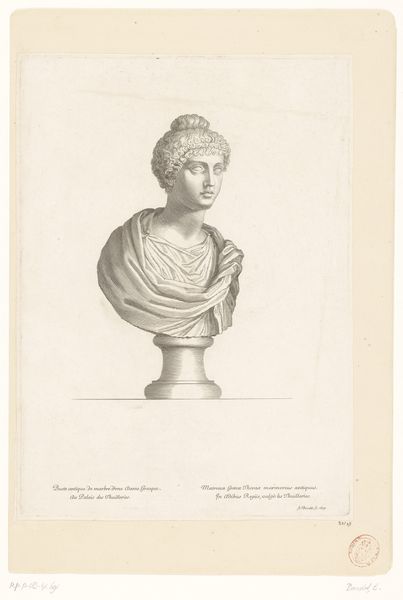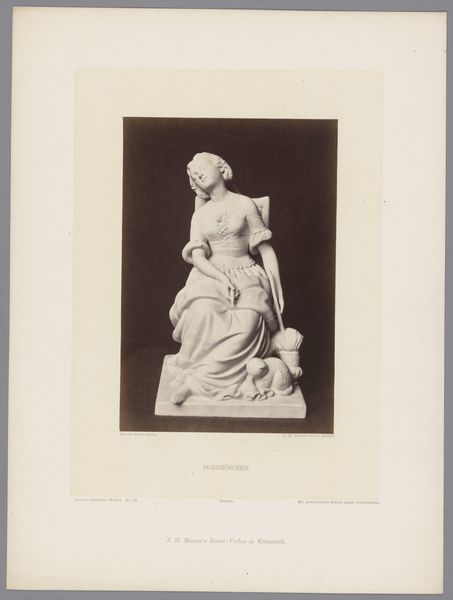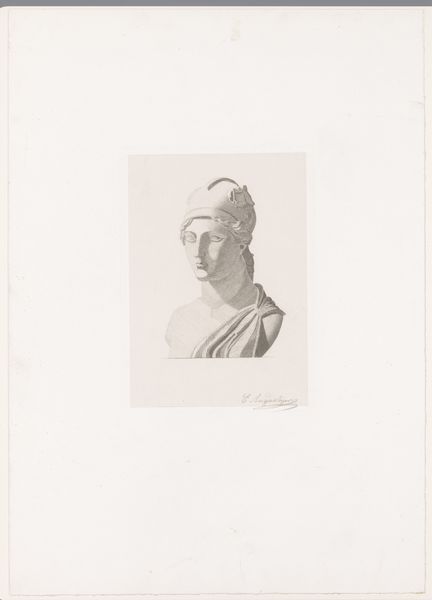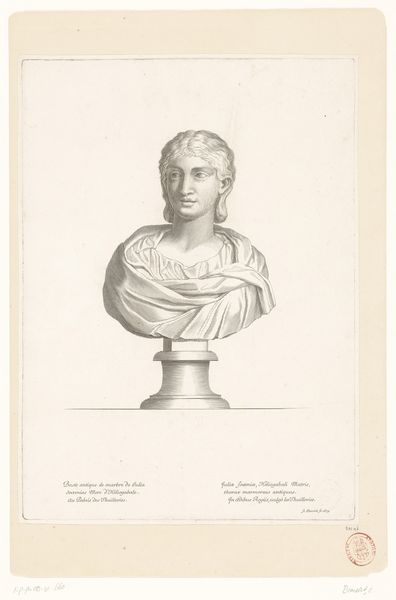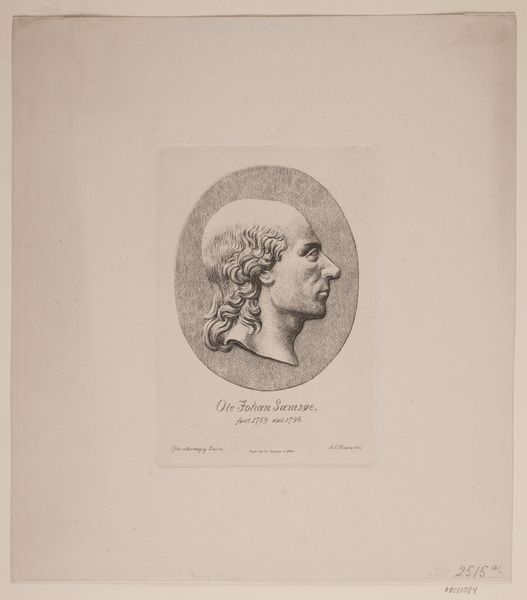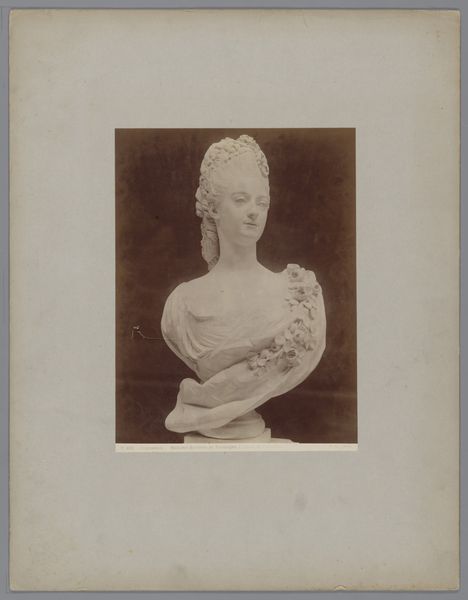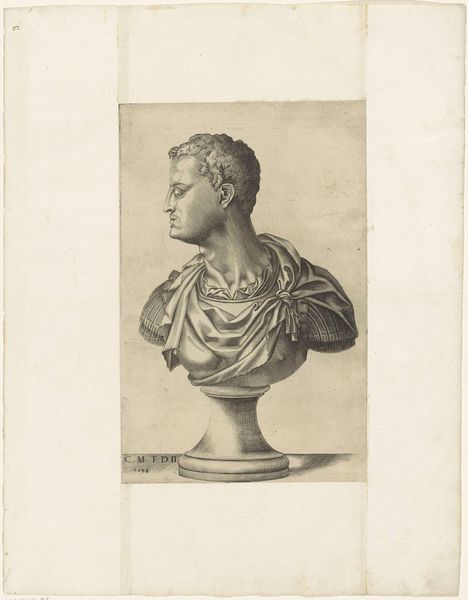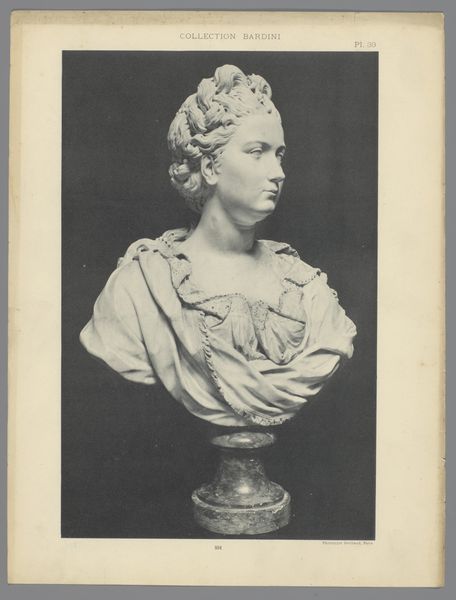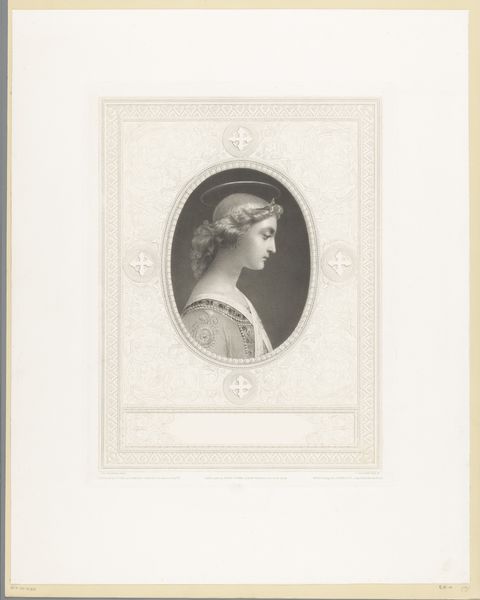
Dimensions: height 196 mm, width 125 mm
Copyright: Rijks Museum: Open Domain
This marble bust of Mary II Stuart was crafted by an anonymous artist. The piece invites us to consider the public role of art and the politics of imagery in the 17th century. Mary, as a joint sovereign of England, Scotland, and Ireland alongside her husband William III, was a figurehead in a time of great political and social upheaval. How might this sculpture serve as a form of political propaganda, reinforcing her legitimacy and authority? The visual codes employed, such as the classical drapery and idealized features, evoke a sense of timelessness and grandeur, associating Mary with the powerful rulers of antiquity. In a society deeply stratified by class, such depictions played a crucial role in shaping public perception and reinforcing social hierarchies. To truly understand this work, we would need to delve into the historical archives, examining court records, personal letters, and other primary sources. By understanding the social conditions that shaped its production, we can appreciate the multifaceted role of art in society.
Comments
No comments
Be the first to comment and join the conversation on the ultimate creative platform.
